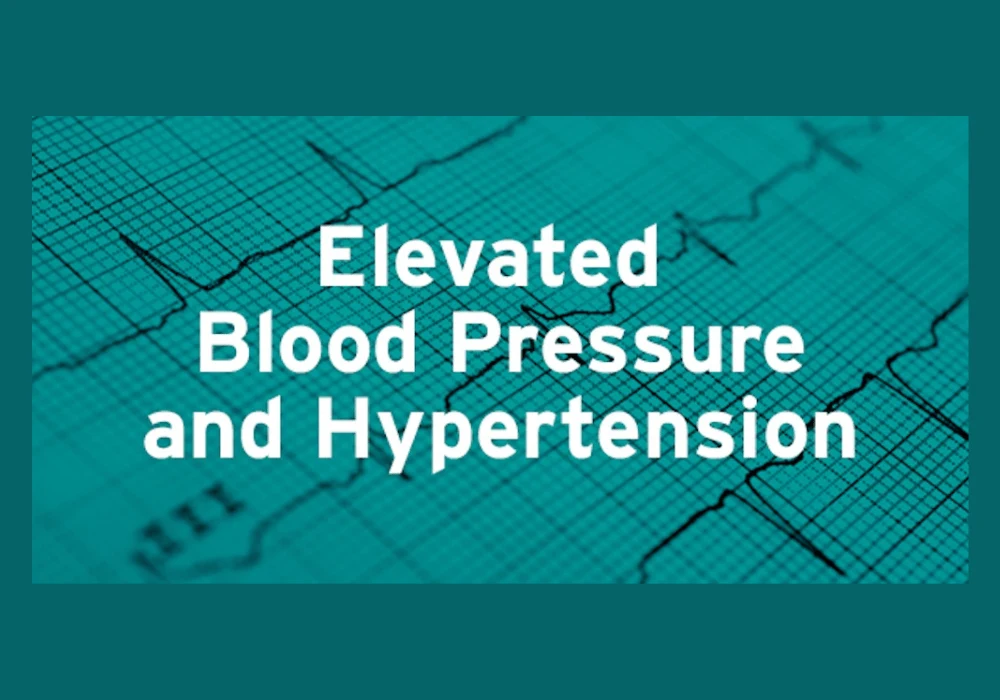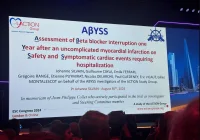The updated ESC Guidelines on managing elevated blood pressure and hypertension introduce a new "elevated BP" category, set more ambitious treatment targets, and, for the first time, recommend renal denervation for treating various forms of hypertension.
Hypertension and elevated blood pressure are the most prevalent risk factors for heart attack and stroke, affecting approximately 45% of European adults. The new guidelines aim to achieve evidence-based blood pressure treatment targets for more patients and expand eligibility for blood pressure-lowering medications based on the latest clinical trial data. The guidelines also include practical recommendations to prevent symptoms from overtreatment.
The 2024 guidelines maintain the existing definition of "hypertension" as BP ≥140/90 mmHg but introduce a new "elevated BP" category defined as BP 120-139/70-89 mmHg. This new category aims to facilitate more intensive blood pressure treatment for individuals at higher risk of cardiovascular disease. It recognises that blood pressure doesn't escalate to hypertension overnight but often progresses gradually. Certain high-risk groups, like those with diabetes, might benefit from more intensive treatment before reaching the hypertension threshold. The risks associated with elevated blood pressure begin even at systolic levels below 120 mmHg."
The 2024 ESC guidelines also set a new systolic BP treatment target range of 120-129 mmHg for most patients on BP-lowering medication, provided the treatment is well tolerated. For frail or older patients, or those unable to tolerate the primary target, the guidelines recommend aiming for a systolic BP 'as low as reasonably achievable' (the ALARA principle), focusing more on frailty than chronological age.
This new systolic BP target marks a paradigm shift from previous European guidelines, including the 2018 ESC/ESH Hypertension Guidelines, the 2021 ESC Prevention Guidelines, and the 2023 ESH Hypertension Guidelines. While earlier guidelines recommended a two-step approach of initial treatment to BP <140/90 mmHg followed by consideration for <130/80 mmHg, the 2024 guidelines advocate for a first-line target of 120-129 mmHg for most patients, with adjustments for those who cannot tolerate it. This shift is based on new evidence showing that more intensive BP targets improve cardiovascular outcomes across a broad patient spectrum.
To support the more intensive treatment target, the 2024 guidelines emphasise the use of out-of-office BP measurements, such as ambulatory and validated home BP monitors.
Additionally, the 2024 guidelines provide recommendations for the use of renal denervation in treating hypertension for the first time. Although not recommended as a first-line treatment or for patients with significantly impaired renal function (eGFR <40 mL/min/1.73 m²) or secondary hypertension causes, the guidelines suggest renal denervation at medium-to-high volume centres for patients with resistant hypertension who have uncontrolled BP despite a combination of three BP-lowering drugs, including a thiazide diuretic, and who prefer the procedure after a shared decision-making process.
The updated guidelines also revise dietary advice on sodium and potassium intake and stress the importance of lifestyle modifications for patients with varying stages of cardiovascular disease and chronic kidney disease. Furthermore, they integrate considerations of sex and gender differences in hypertension throughout the document rather than as a separate section, as seen in most other guidelines.
Source & Image Credit: ESC Congress 2024










